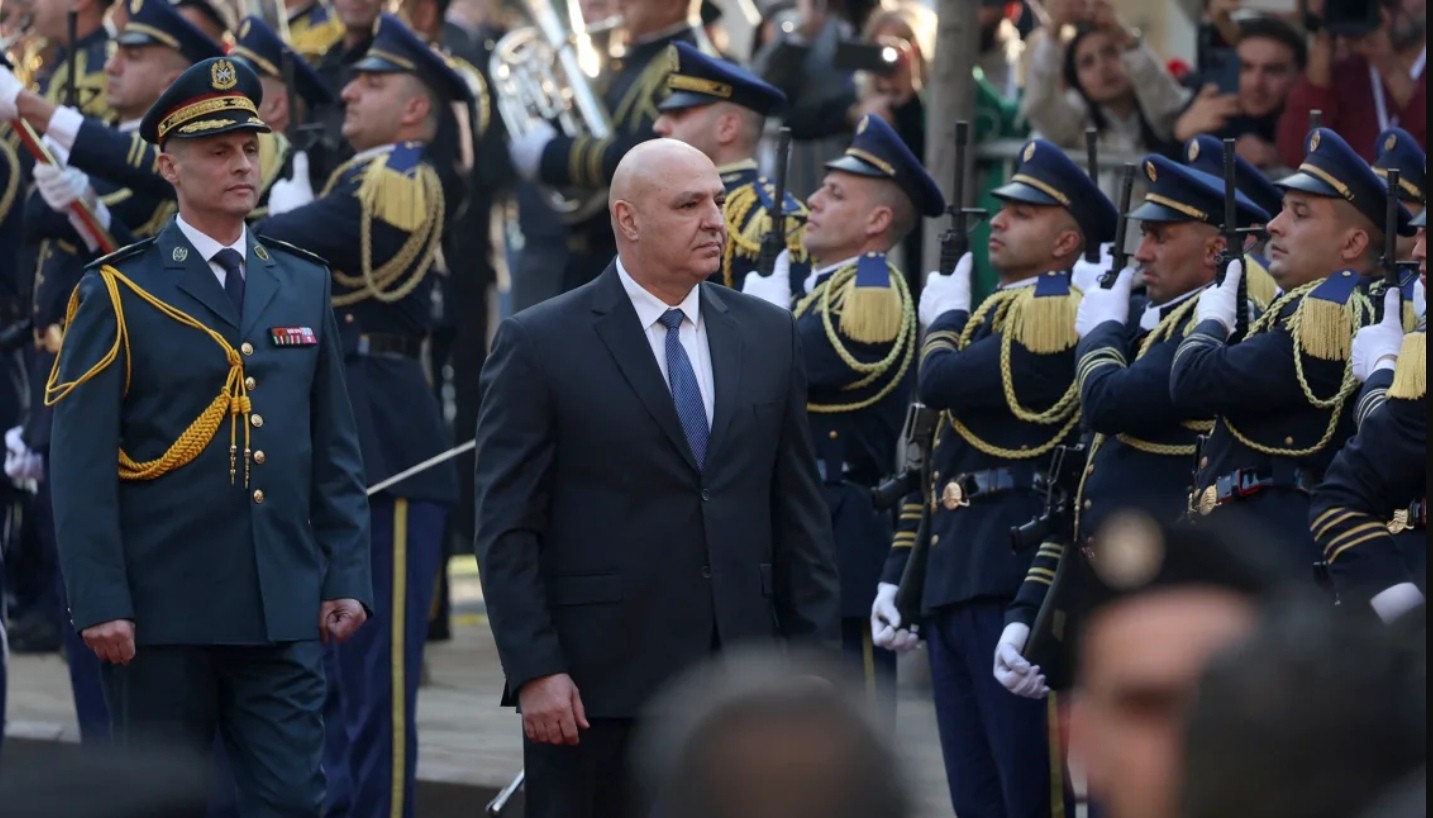Who is Neil Armstrong - the First Person Landed on the Moon?
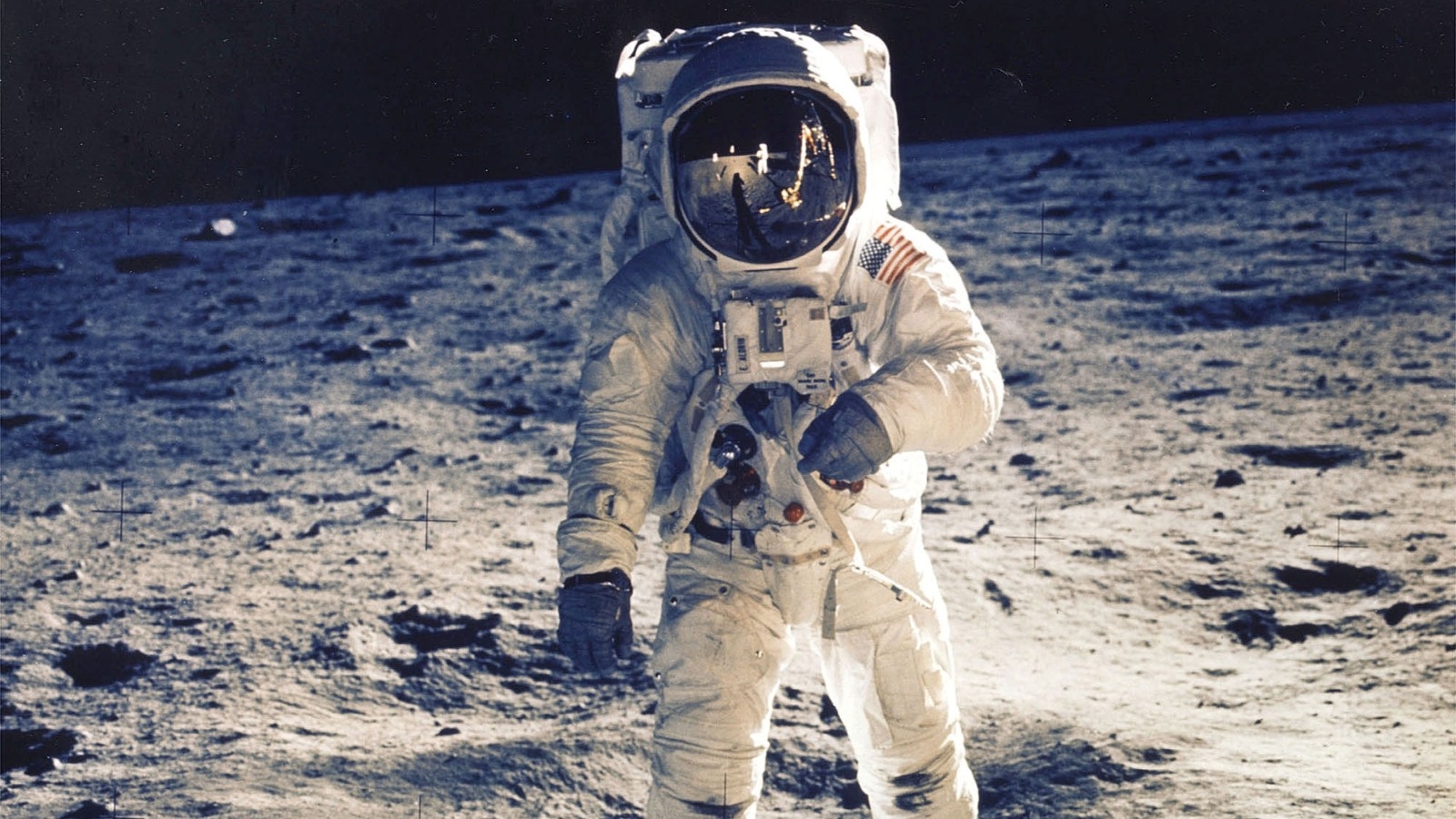 |
| Photo: CNN.com |
Personal life of Neil Armstrong
Neil Armstrong, in full Neil Alden Armstrong, (born August 5, 1930, Wapakoneta, Ohio, U.S.—died August 25, 2012, Cincinnati, Ohio), U.S. astronaut, the first person to set foot on the Moon.
Neil Armstrong grew up in Wapakoneta, Ohio, as the eldest of three children. At age six he flew on an aeroplane for the first time, an experience that ignited in him a passion for aviation. He earned his pilot’s license on his 16th birthday and became a naval air cadet the following year, Britannia cites.
 |
| Young Neil Armstrong. Photo: Pinterest |
Neil Armstrong: Early career and NASA work
Neil Armstrong was a naval aviator from 1949 to 1952 and served in the Korean War. He earned his bachelor of science degree in aeronautical engineering from Purdue University in 1955. (Many years later, after he became world-famous, he also received a master of science in aerospace engineering from the University of Southern California in 1970.)
Neil Armstrong became a test pilot for NASA (then known as NACA, the National Advisory Committee for Aeronautics) and flew the X-15, a rocket-powered, missile-shaped aircraft that tested the limits of high-altitude flight. During his long career as a pilot, Armstrong flew more than 200 different aircraft, from jets to gliders and even helicopters.
 |
| Neil Armstrong when working as a pilot for NASA. Photo: Nasa.gov |
In 1962, Neil Armstrong was selected to be part of NASA's second group of astronauts, who flew on the two-seat Gemini missions to test out space technology, and the three-seat Apollo missions that ultimately took 12 people to the surface of the moon. Armstrong's first flight was as command pilot of the Gemini 8 mission in March 1966 — the sixth crewed mission of that series, as cited by Space.com
Neil Armstrong and pilot David Scott completed the first orbital docking of two spacecraft, joining their Gemini 8 spacecraft to an uncrewed Agena target vehicle. However, the two-man crew experienced a serious problem when a thruster on the Gemini 8 spacecraft became stuck open.
With the astronauts whipping around faster than one revolution per second, Armstrong managed to gain control again by using the re-entry system thrusters. The event was the first serious emergency in space and although the mission ultimately ended safely, the spacecraft was forced to splash down early because the re-entry system was already expended.
Armstrong also narrowly avoided a nasty accident in May 1968, this time within Earth's atmosphere, while flying the Lunar Landing Research Vehicle — a machine that could fly somewhat like a lunar module and simulate landings on the moon. Fuel for the attitude thrusters ran out and Armstrong was forced to eject just seconds before the vehicle crashed, NASA reported. Armstrong escaped unharmed.
Neil Armstrong: Moon landing
On July 16, 1969, Neil Armstrong, along with Edwin E. Aldrin, Jr., and Michael Collins, blasted off in the Apollo 11 vehicle toward the Moon (see Apollo program). Four days later, at 4:17 PM U.S. Eastern Daylight Time (EDT), the Eagle lunar landing module, guided manually by Armstrong, touched down on a plain near the southwestern edge of the Sea of Tranquillity (Mare Tranquillitatis).
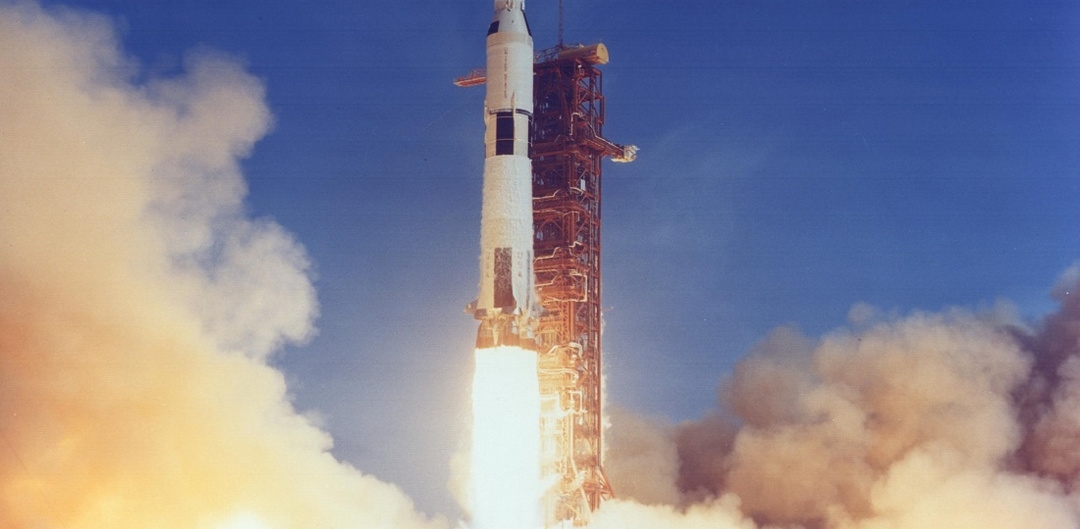 |
| Apolo 11. Photo: FÉDÉRATION AÉRONAUTIQUE INTERNATIONALE |
According to Britannia, at 10:56 PM EDT on July 20, 1969, Armstrong stepped from the Eagle onto the Moon’s dusty surface with the words, “That’s one small step for [a] man, one giant leap for mankind.” (In the excitement of the moment, Armstrong skipped the “a” in the statement that he had prepared.) Armstrong and Aldrin left the module for more than two hours and deployed scientific instruments, collected surface samples, and took numerous photographs.
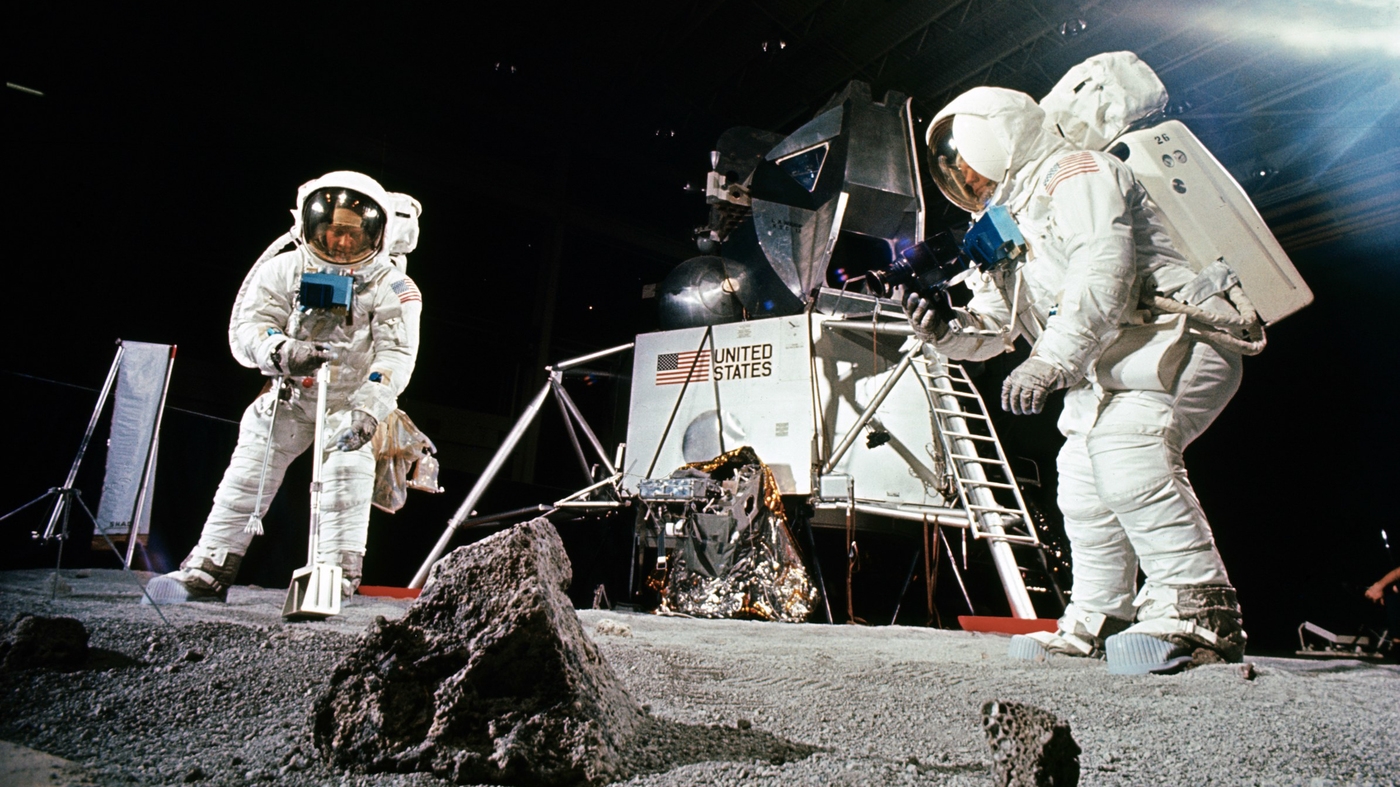 |
| Photo: NPR |
On July 21, after 21 hours and 36 minutes on the Moon, they lifted off to rendezvous with Collins and begin the voyage back to Earth. After splashdown in the Pacific at 12:51 PM EDT on July 24, the three astronauts spent 18 days in quarantine to guard against possible contamination by lunar microbes. During the days that followed, and during a tour of 21 nations, they were hailed for their part in the opening of a new era in the human exploration of the universe.
Neil Armstrong & his later contributions
Neil Armstrong remained with NASA, serving as deputy associate administrator for aeronautics until 1971, as cited by Biogrsphy.com. After leaving NASA, he joined the faculty of the University of Cincinnati as a professor of aerospace engineering. Armstrong remained at the university for eight years. Staying active in his field, he served as the chairman of Computing Technologies for Aviation, Inc., from 1982 to 1992.
Helping out at a difficult time, Neil Armstrong served as vice chairman of the Presidential Commission on the space shuttle Challenger accident in 1986. The commission investigated the explosion of the Challenger on January 28, 1986, which took the lives of its crew, including schoolteacher Christa McAuliffe.
Neil Armstrong's death
Neil Armstrong underwent a heart bypass operation at a hospital in Cincinnati, Ohio, in August 2012. Two weeks later, on August 25, 2012, the 82-year-old Armstrong died of complications from the operation.
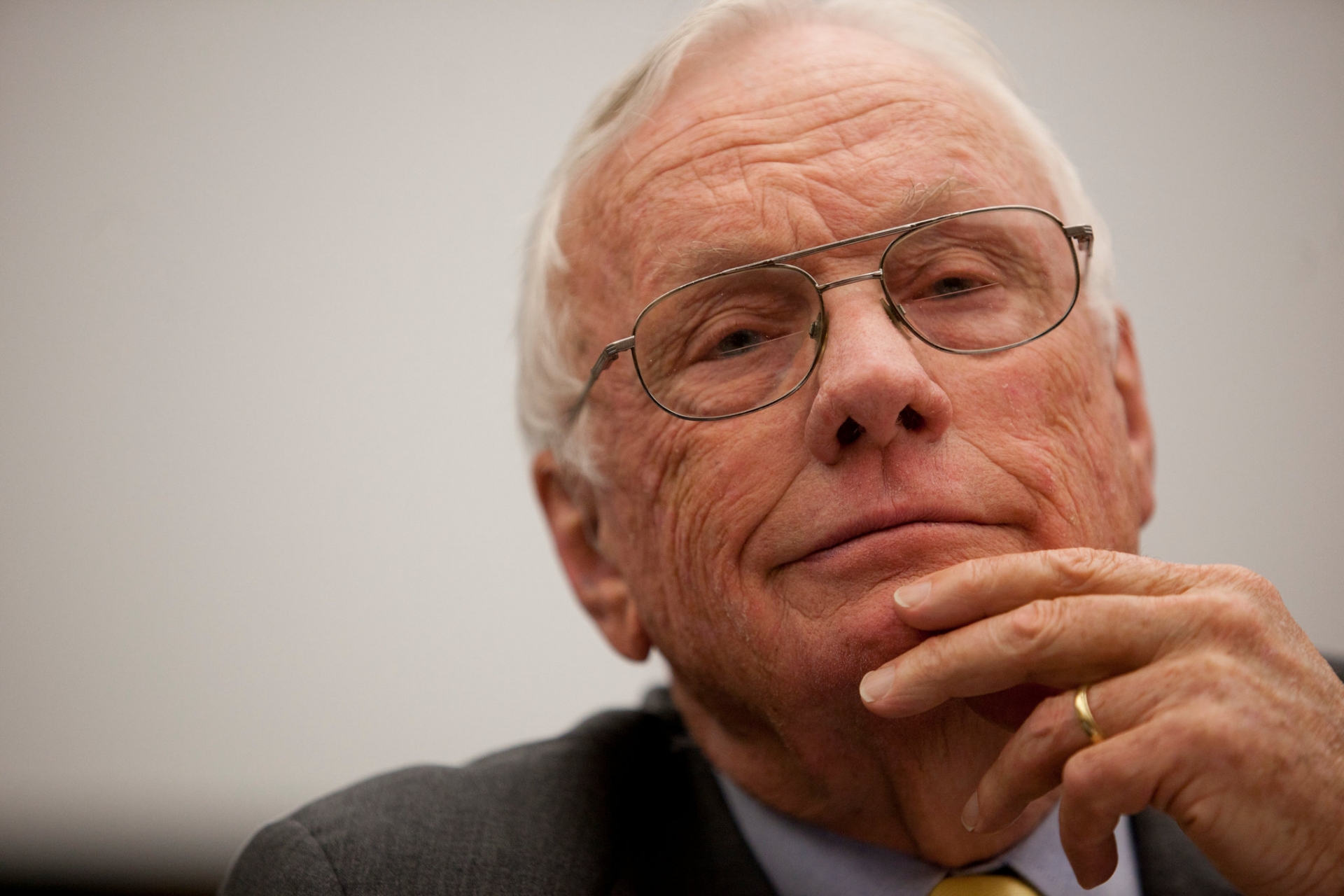 |
| Neil Armstrong died after heart surgery. Photo: New York Times. |
News of Neil Armstrong's death quickly spread around the world. President Obama was among those offering tributes to the late space pioneer, declaring: "Neil was among the greatest of American heroes — not just of his time, but of all time."
| Despite being one of the most famous astronauts in history, Armstrong largely shied away from the public eye. In a rare interview for the news program 60 Minutes in 2005, he described the moon to interviewer Ed Bradley: "It's a brilliant surface in that sunlight. The horizon seems quite close to you because the curvature is so much more pronounced than here on earth. It's an interesting place to be. I recommend it." |
 What is the First Piano in the World? What is the First Piano in the World? Almost every major Western composer such as Mozart has played the piano, many as virtuosi, and the piano repertory—whether solo, chamber, or with orchestra—is at ... |
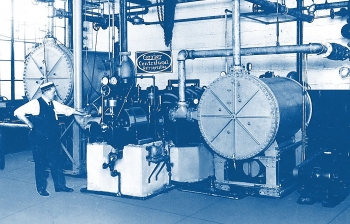 What is the First Air Conditioner ever Made in History? What is the First Air Conditioner ever Made in History? First Air Conditione: Working inside an office during a heatwave in June. A dinner party in July. Buying chocolate in August. If you talk to ... |
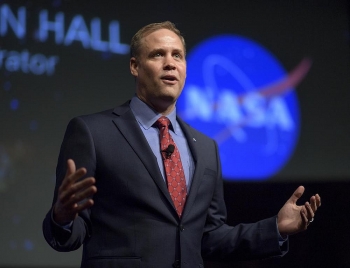 Who is Jim Bridenstine - NASA Administrator? Who is Jim Bridenstine - NASA Administrator? What do you know about Jim Bridenstine - NASA Administrator who was nominated by President Donald Trump, confirmed by the U.S. Senate, and sworn in ... |



